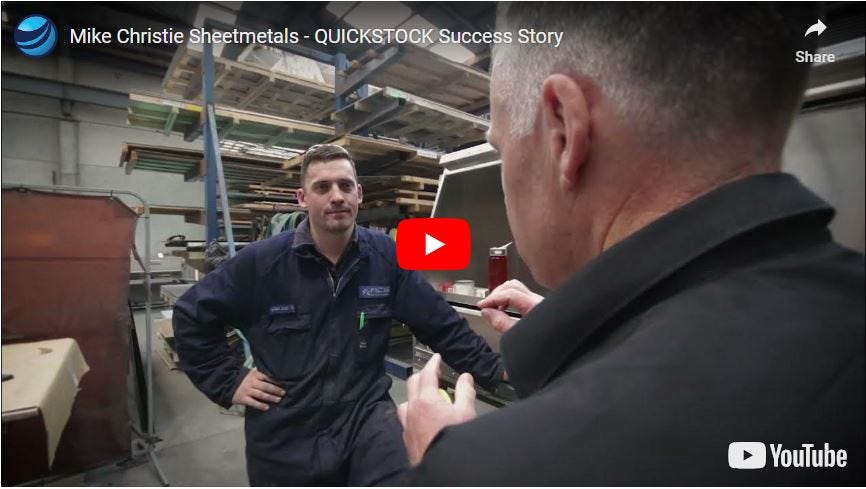Better Efficiencies With Consumable Stock Management
Choosing the best strategy for sharpening up your inventory management and cutting down on purchase order costs can be simplified into two models:
- Customer Managed Inventory (CMI)
- Vendor Managed Inventory (VMI)
Customer Managed Inventory (CMI)
CMI is for engineering businesses who want to manage consumable stock in house. A lean ordering method such as Kanban or min/max is paired with an efficient ordering system to minimise purchase order and stock holding costs for fast moving consumables.
The 2-bin is a just-in-time inventory management system that aims to ensure a regular cycle of stock supply based on usage requirements. This is a 2-bin stock rotating system where stock is split between the bins, once the first one is used, this triggers the purchaser to re-order stock while the second stock bin is being used. This provides a buffer for stock supply, so it is unlikely
you’ll experience any stock-outs. Kanban takes a little more time to setup than the likes of the Min/Max method. However once setup the quantities are preset so the re-ordering time is a lot faster.
A more simple system is min/max. This is where you would work out the minimum and maximum quantities you want to hold in stock between ordering cycles. This type of system is quick to setup however, it can be more time consuming than Kanban when it comes to the reordering because every item needs to be counted to know the quantity to order.
The ordering component of CMI is also important to maximise efficiencies. Look for systems which can be customised to your ordering - this will streamline the process, reducing time and minimising the chances of incorrect products being ordered.
Pros
- Improved visibility of stock
- Low capital requirements due to lower stock holding
- Increases efficiency and reduces waste
- Reduced ordering errors compared with email/phone ordering
Cons
- More frequent purchase orders
- Requires in-house resource to manage the system
- Cash is still tied up in stock
How CMI Could Work In Your Workshop
CMI should work to keep inventory levels lean, and ordering processes efficient.
KANBAN OR MIN/MAX
Kanban or min/max systems are both proven methods of keeping track of stock levels and how much needs to be ordered regularly. However you can choose any method that suits your workshop.
WHAT PRODUCTS SHOULD BE INCLUDED?
In most instances you can apply the 80/20 rule when considering what products to include in the 2-bin Kanban system. That means you will usually focus on the 20% of products that you use 80% of the time.
While less frequently ordered products can be included in a Kanban system, you may find less value as implementation of the system on slower moving products takes time that is unnecessary.
DECIDING ON PRODUCT QUANTATIES
The number is determined by the consumption rate and the lead time.
With Kanban this number is the re-order quantity. It’s important to have this number high enough to still get competitive pricing whilst not holding too much stock on-hand. A month’s supply in each bin is a good amount to start with, and this number can always be adjusted once the system is in place.
For a min/max system the minimum value would need to be enough to keep production going until an order can be placed, delivered, and restocked back on the shelf. While the maximum value should be the average amount used throughout the ordering period, plus the minimum value - this will ensure you’re not carrying excessive amounts of stock but are also unlikely to run out of stock.
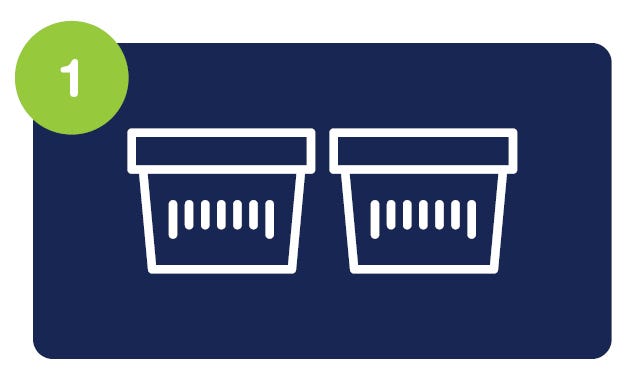



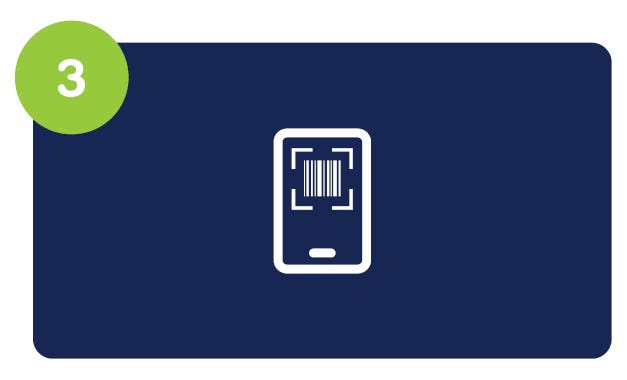

Vendor Managed Inventory (VMI)
VMI, also known as Supplier Managed Inventory is ideal for workshops, where having stock on hand is essential for production, and outsourcing much of the inventory management is of value.
VMI is where a supplier allows you to hold their stock on your site and draw from it when needed. This stock is owned by the supplier and only charged for once you use it. This is not to be confused with consignment stock where the customer remains responsible for managing the stock on site. With VMI the supplier manages the entire process, ensuring the stock is kept tidy, and regularly replenished so you never run out. Regular reporting means you are able to monitor and control their stock usage.
Pros
- Reduces waste – time & cash
- Improved cashflow – only charged for what you use
- Stock is always available – no more downtime or having to make last minute orders or costly visits down to a hardware store.
- Reduced quantity of purchase orders – less processing time (supplier manages and replenishes stock)
- Less shipping – including the costs associated with delivery and handling
- Less administration – time associated with processing paperwork
- *QUICKSTOCK advantage – pre-arranged competitive product prices, regardless of quantity consumed.
- *QUICKSTOCK advantage – no contracts.
Cons
- You may still need to make additional purchase orders for the irregular products you don’t normally stock
How VMI Can Work In Your Workshop (VMI)
Essentially VMI is like having your own mini supply store available on site. Stock is replenished regularly so you never run out, and you only pay for what you use, which is good for cashflow, but most beneficial is no longer wasting large amounts of time managing stock and making sure it never runs out. This part is all taken care of.
There’s generally two ways VMI can be integrated into an engineering workshop:
WORKSHOP MODEL
The Workshop Model allows the greatest amount of uninhibited production flow. Here the supply cabinets are placed in an area accessible to workshop staff so they can quickly grab consumables as required, and get back to work.
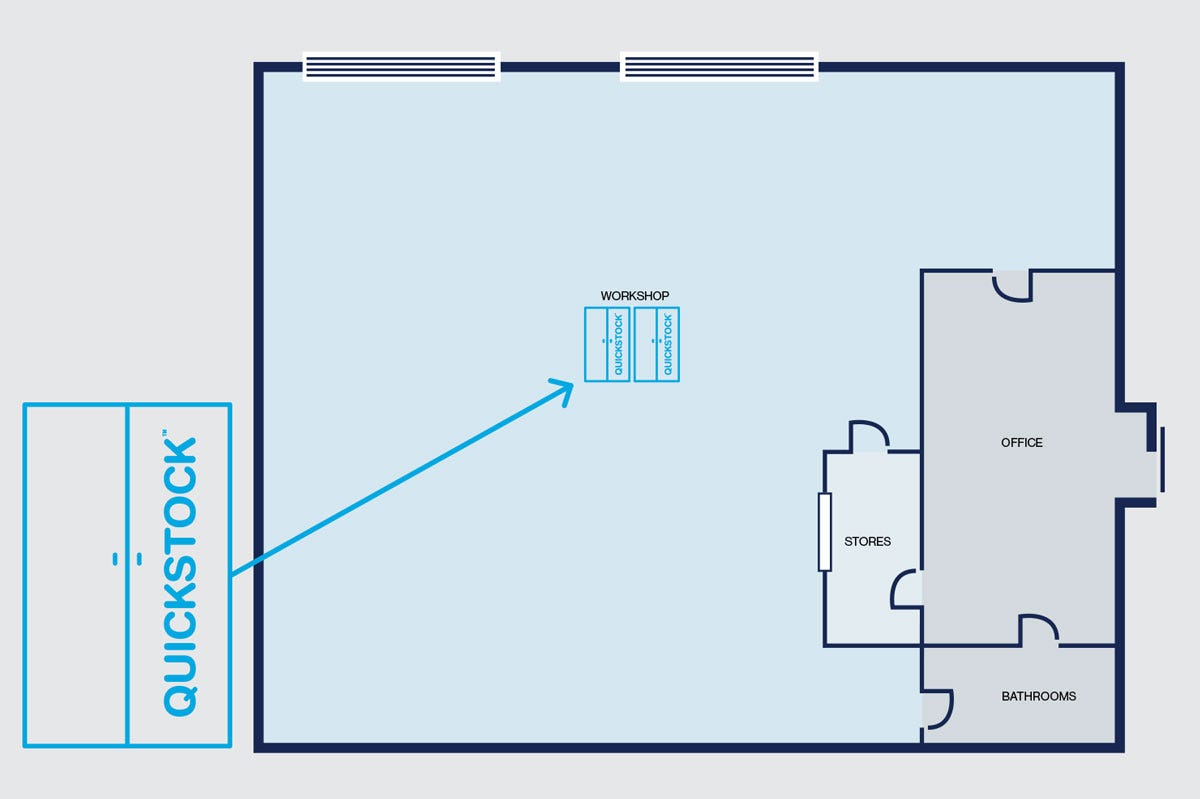

With either model the supply cabinets can be lockable to enable restrictions on access where desired. The main difference is in accessibility and workflow.
CONTROLLED STORE MODEL
Alternatively for workshops needing more control over where consumables are being allocated, the Controlled Store Model can be ideal. Here the cabinets are placed in an area (like a storeroom, office or anywhere) where your usual processes are in place for allocating consumables. Cabinets are completely lockable.
For example: A storeman may remove stock from the cabinets to replenish stock on shelves. The benefit here being he does not need to spend time making costly purchase orders – the stock is always available.
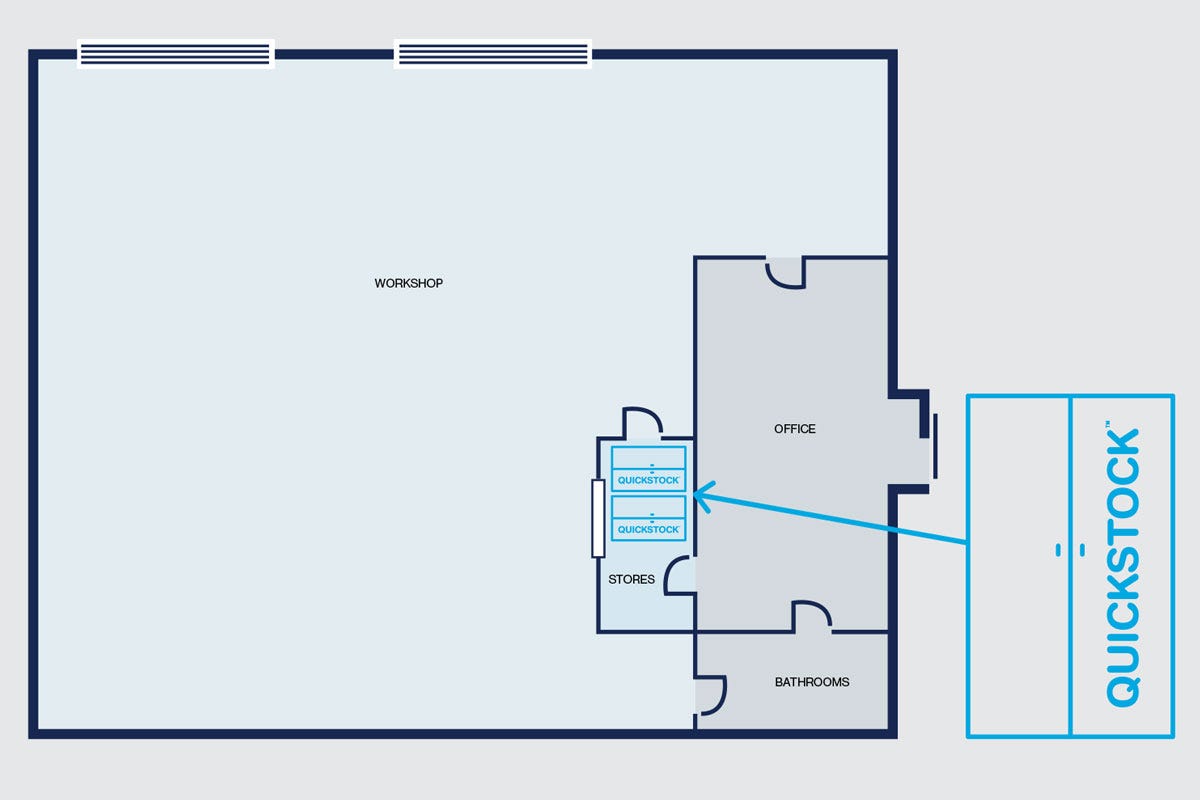

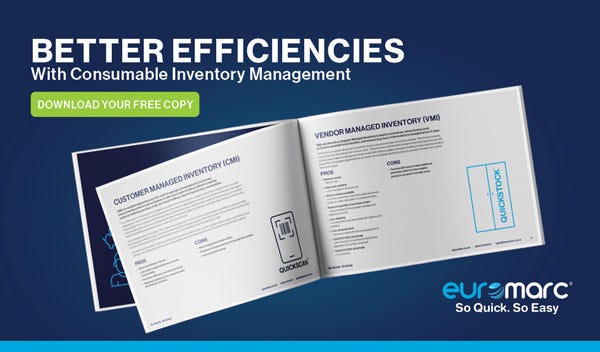

 Need assistance?
Need assistance?

